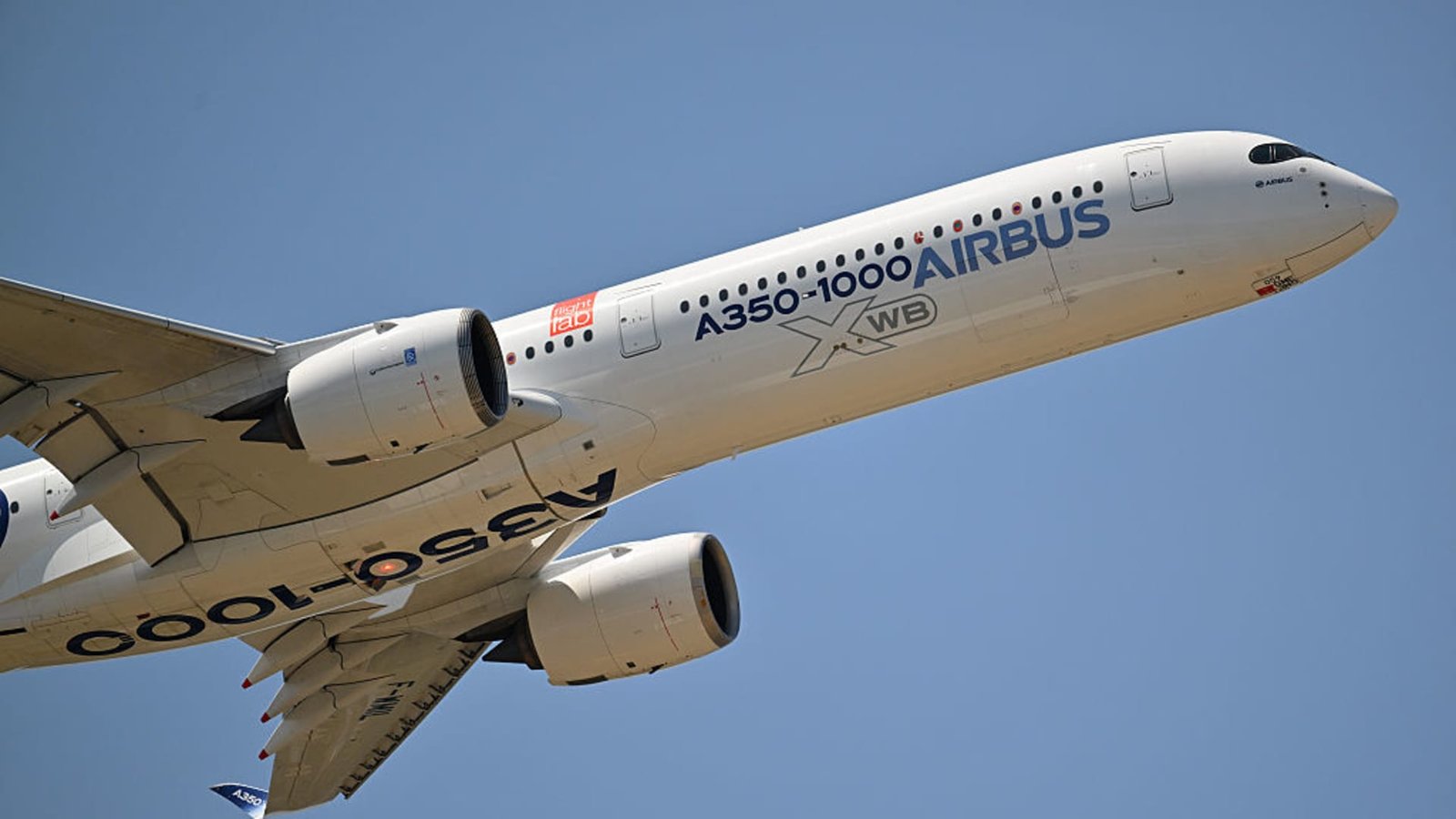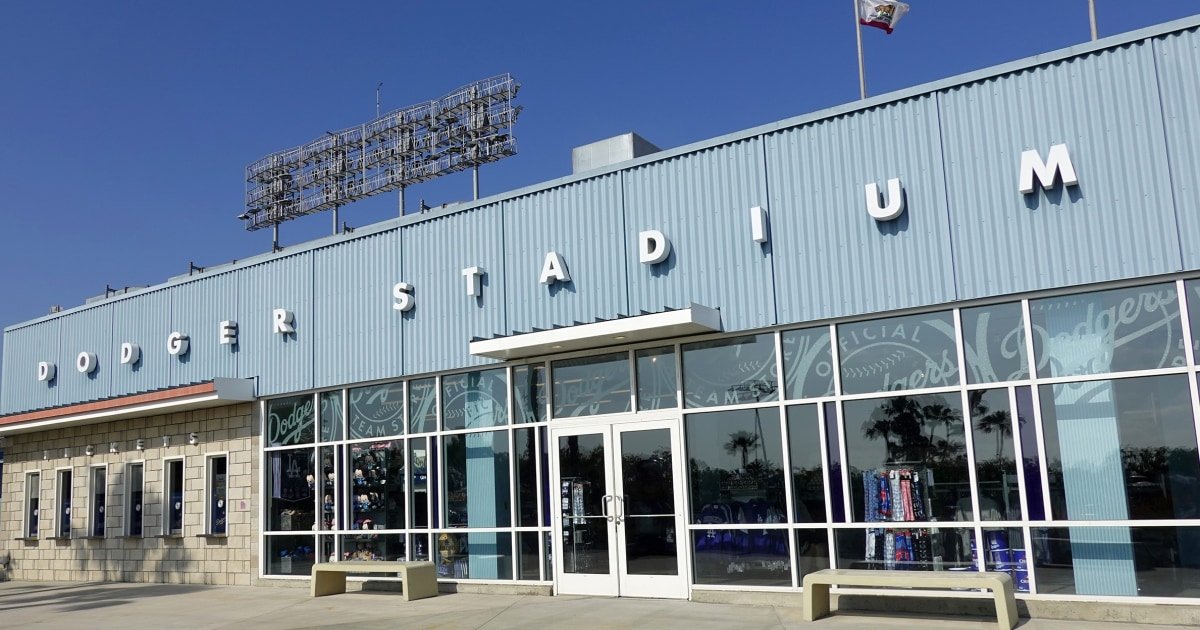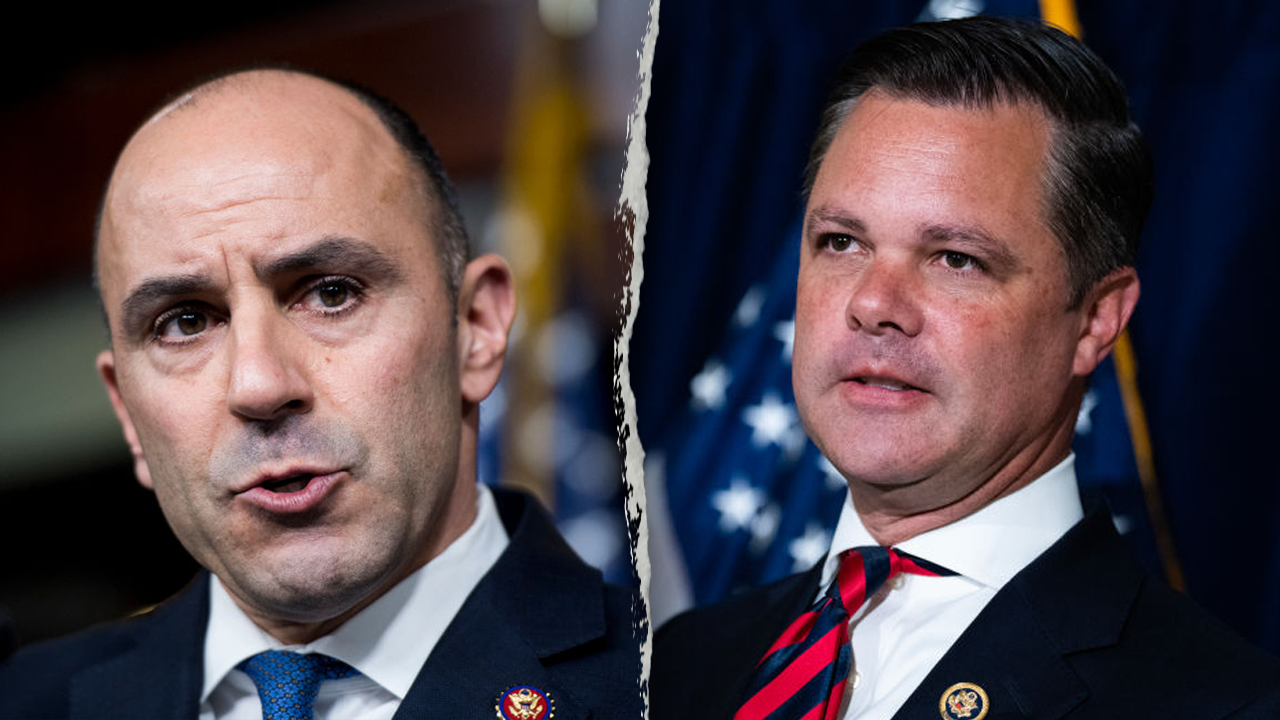An Airbus A350-1000 passenger aircraft performs during the 55th edition of the International Paris Air Show (Salon international de l’aeronautique et de l’espace – SIAE) at the ParisLe Bourget Airport, in Le Bourget, north of Paris, France on June 18, 2025.
Anadolu | Anadolu | Getty Images
Airbus orders and new models have taken center-stage at this year’s Paris Air Show, as its U.S. rival Boeing spends yet another major industry event keeping a low profile due to turmoil at the business.
Airlines and manufacturers use air shows as an opportunity to make splashy aircraft purchase announcements following months of negotiations, some of which will be wrapped up at the event. Airbus had racked up nearly $21 billion as of Thursday morning, per a Reuters calculation.
That included 132 firm orders on Monday, from customers including Saudi leasing firm AviLease, Japan’s ANA and Poland’s LOT, versus 41 for Boeing and 15 for Brazil’s Embraer, according to a tally by aviation advisory IBA.
The following two days saw Boeing hold back from announcements completely, while Airbus splashed a 150-aircraft Memorandum of Understanding with VietJet Air focused on its single-aisle 100 A321neos, and orders with EgyptAir and Starlux Airlines for its wide-body A350s.
Air Asia chief Tony Fernandes told CNBC on Thursday that he was in discussions at Paris about expanding the firm’s existing order for the Airbus XLR — the Toulouse-based planemaker’s flagship new long-range, narrowbody aircraft — and expected an announcement within the next month or so. The model, which entered service last year, is set to allow airlines to offer medium- and long-haul routes at lower rates due to reduced fuel costs.
Embraer also secured a key win Wednesday with 60 firm orders for the E175, along with further options.
210-jet deal with Qatar Airways.
Both Boeing and Airbus meanwhile have aircraft backlogs of more than 5,000 and 8,000 aircraft, respectively, figures that have barely budged for nearly a decade as industry supply challenges — exacerbated in the wake of the pandemic — leave airlines struggling to renew their ageing fleets.
John Plueger, chief executive officer of Air Lease Corp, told CNBC earlier this week that the backlog meant it was always expected to be a subdued show in Paris compared to those past, including the post-pandemic boom year of 2023. “Both Airbus and Boeing are all sold out to 2031 and ’32 anyway. So how many follow-on orders into the ’33, ’34, ’35 time frame are you really going to see? … But overall, the demand environment remains very robust,” Plueger said.
However, this does mark yet another year in which Boeing has refrained from the aircraft flypasts or major promotional activities. Starting in 2019 in the wake of the two fatal crashes of its B737-Max model, followed by the pandemic which threw the industry into turmoil, and then with fresh crises delivered via an emergency exit door blowout, allegations of widespread quality control issues, and increasingly-disgruntled customers over delivery delays — Boeing has had a host of reasons to avoid the spotlight.
Just as 2025 appeared like it may represent a tentative turning point for the company, with CEO Kelly Ortberg due to attend Paris, the first-ever crash of a Boeing Dreamliner in last week’s Air India disaster threw that into disarray. Ortberg pulled out of attending the event, and the firm has made few press announcements while it says it is focused on its customers and the investigation into the causes of the crash.
“Demand for new aircraft remains unprecedented, matched only by passenger demand for air travel,” said Tony Payne, partner at law firm DLA Piper.
He added that orders remain strong despite a “sombre and reflective environment” in the wake of the Air India crash, as stakeholders are “well aware of the impact” any relaxation of standards can have.
“Orders for new aircraft and engines remains strong but alongside a sombre and reflective environment, where stakeholders are well aware of the impact of any relaxation of standards can have.”
“Muted” has therefore become the word of the week in terms of commercial aviation, while defense — making up nearly half of the show’s content this year — takes on a bigger-than-ever role amid roiling Middle East conflict, the Russia-Ukraine war and an upcoming NATO summit at which higher national security spending will be high on the agenda. Deals in this space have included Thales‘ contract to build 48 of its new remote-operated artillery systems for the French government.

“The consequences, the impact of the accident of Air India” are hanging over Paris, Airbus CEO Guillaume Faury told CNBC on Monday. “Still, the momentum in the industry is very strong,” he continued, noting particular demand for widebody aircraft which had more catching up to do following the pandemic than the narrowbody market.
Dan Taylor, head of consulting at IBA, told CNBC that the split between Boeing and Airbus this year was “more about context than competition.”
“Boeing’s recent orders in the Middle East, helped by U.S. diplomatic engagement, and its quiet stance post-Air India likely influenced its lower visibility at the Paris Air Show. This isn’t a sign of weakening demand, but rather a deliberate pause amid a volatile geopolitical backdrop and possible tariff uncertainties,” Taylor said.
“Airlines are likely busy reassessing fleet strategies given the latest crisis, but strong profitability, ageing fleets, easing debt levels, and continued GDP and travel demand growth across many regions all point to a sustained long-term appetite for new aircraft.”



